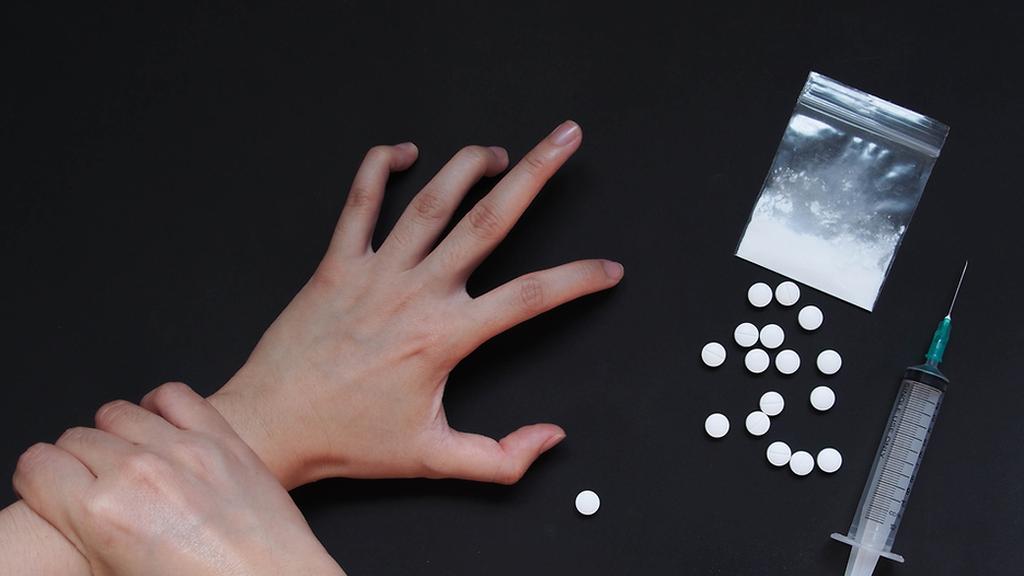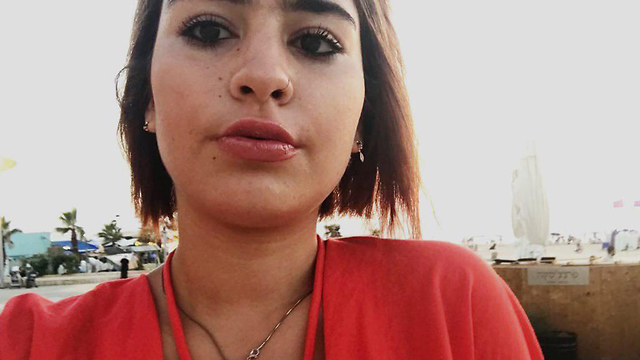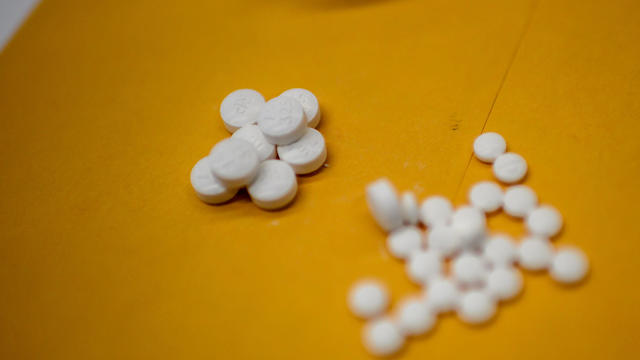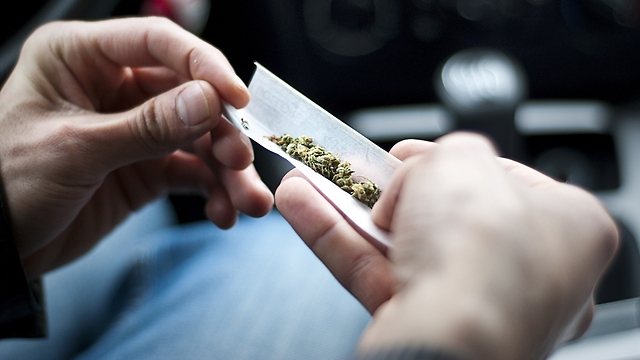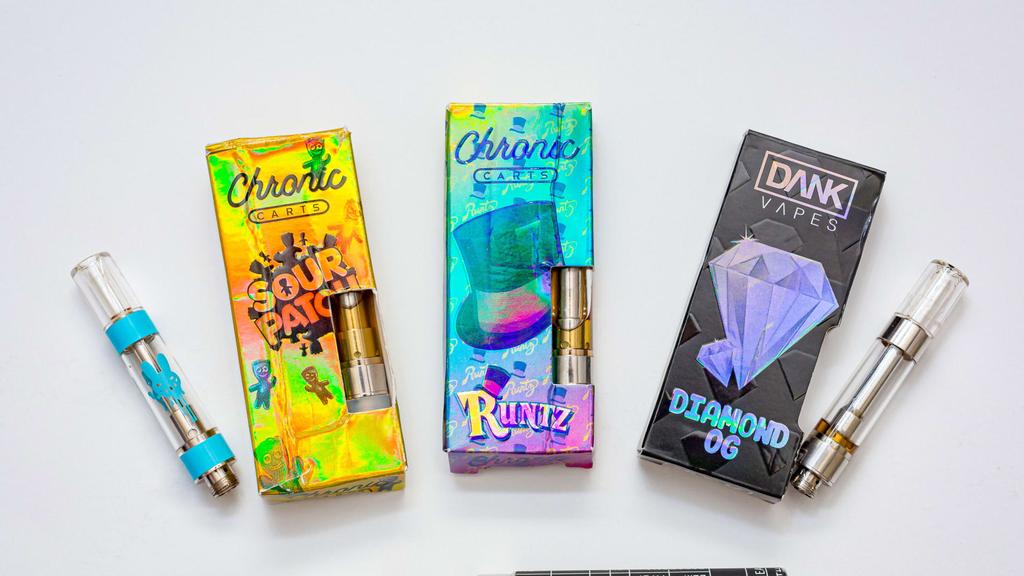Last month, Miriam Peretz, a 17-year-old from an ultra-Orthodox background in Jerusalem, died of a drug overdose.
According to experts, her death falls on the backdrop of increasing drug use in the community, particularly of opioids.
The exact number of overdose deaths among ultra-Orthodox Jews is unknown because of the stigma of drug use. Also, when it comes to opioids, not all of the community’s first responders know the signs of an overdose, especially when there is no needle.
Eric Levitz, director of AZ House, a center that caters to the English-speaking Orthodox community in Jerusalem, contends that drugs, especially opioids, are a problem everywhere, adding it was inevitable that they would find their way into the religious community.
“If the community is only this big [indicating a small area] and [the problem is] on the outskirts, it doesn’t take much for it to reach the center,” says Levitz.
“Everyone knows someone. There’s no option [but to talk about it]. It’s that big a deal.”
Hagit Bonny-Noach, a lecturer in criminology at Ariel University, agrees with Levitz's statement.
“Israel is small, so everyone is influenced by a trend,” she says.
One of the culprits is fentanyl, a painkiller 1,000 times more potent than heroin. Prescribed in skin-patch form, it can be abused by breaking open the patch and smoking it.
According to Levitz, the casualty count has forced the closed community to confront a drug problem that he contends was always there.
“People are dying from this a lot more. It’s creeping its way into the structure [of the community] so that kids much younger are bringing drugs and misbehavior right into the shuls [synagogues],” he says.
“It’s easier to sweep a problem under the rug,” he added. “It’s a lot harder to sweep a body under the rug.”
Bonny-Noach says the problem does not indicate a particular shortcoming in the community.
“Religious people are influenced by social trends, just like other sectors,” Bonny-Noach says.
Levitz says the increase he has seen in opioid use among religious Jews is not surprising given the growing acceptability of marijuana in the community.
“There’s a lower bar now,” Levitz said. “Marijuana use is widespread and there are places where vaping pens are rampant. When this is no longer shocking, it’s not much harder to get into other drugs.”
In a national epidemiological survey published in 2017 by Israel’s Anti-Drug Authority, 44.3% of national religious respondents said they had used marijuana at least once, compared to 42.8% among secular Jews.
The survey took in 5,220 adults between the ages of 18-65 who were sampled from 257 statistical sectors.
“Religious people are not so much different from others in society in their motivation to use cannabis. There’s a perception that it’s natural and that it’s safe,” Bonny-Noach says.
When it comes to treatment, Levitz argues that the needs of the religious community are not different from those of others, although his facility, AZ House, offers kosher food and Shabbat observance.
“We won’t reach these communities unless we have these things,” he says. “The parents, the people behind them, aren’t going to send them.”
According to Levitz, who says he is using a conservative estimate, AZ House has a 40% recovery rate, while in Israel overall, only 33% of addicts complete their treatment.
Yet he says his program is for males only, and that for religious girls, no free treatment programs exist in Israel, meaning the Orthodox community needs to better address the issue.
6 View gallery
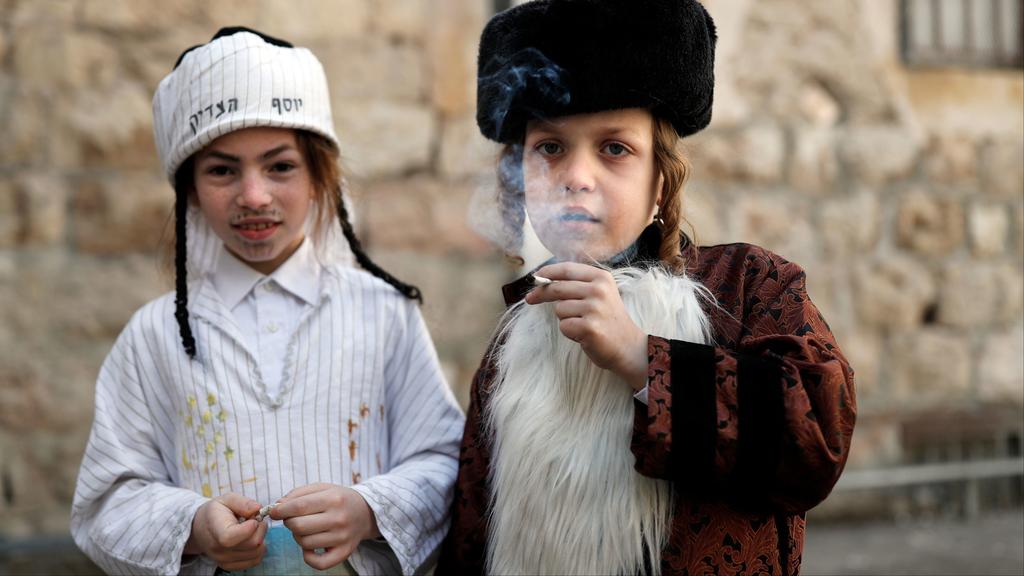

Illustrative: Boys smoke a cigarette in one of Jerusalem’s ultra-Orthodox neighborhoods during the Purim festival, March 2018
(Photo: AFP)
Levitz's observation seems borne out by the words of a young man at AZ House who spoke on condition of anonymity.
“A few years ago, it was people in their twenties using opioids. Now it’s younger teens,” he says.
He says that he showed up at AZ House after his brother completed a successful rehabilitation program there. Now 11 months sober, he is looking forward to moving on with his life.
“AZ House taught me that being high is not the only way of living,” he s. “And I got a lot of good friends out of (that life) too.”


